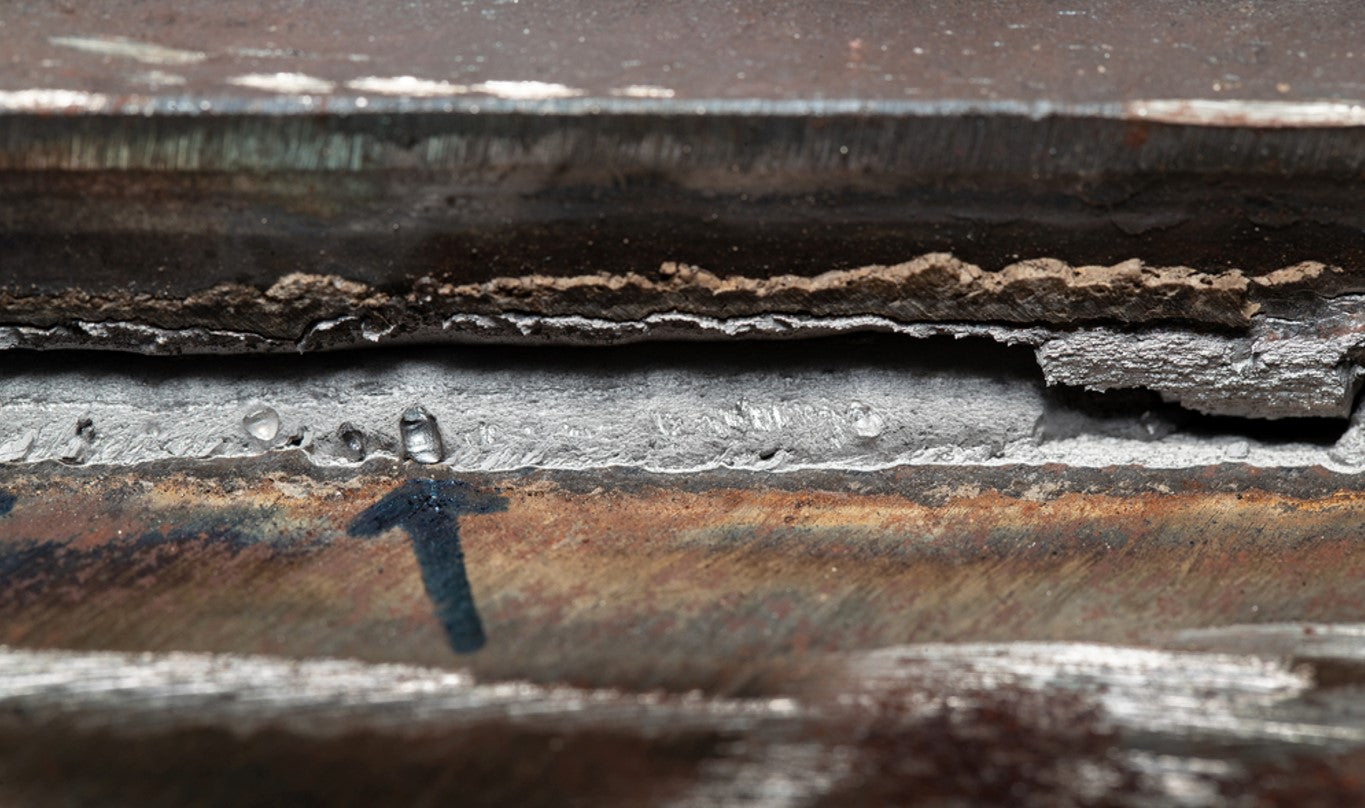A Comprehensive Overview to Identifying, Stopping, and Dealing With Undercut Welding Troubles in Your Welding Projects
In the realm of welding, running into undercut problems is a typical obstacle that can endanger the architectural integrity and general top quality of your welding projects. Keep tuned as we explore the necessary elements of determining, preventing, and repairing undercut welding issues, giving you with valuable insights and approaches to elevate your welding abilities to the next level.
Usual Causes of Undercut Welding
Undercut welding, a common issue in welding processes, can be triggered by different aspects that need to be very carefully identified and dealt with to guarantee the integrity of the weld joint. One of the main causes of undercut welding is extreme warm input. When the welding parameters, such as voltage, existing, or take a trip rate, are not properly set, a too much quantity of warmth can be generated. This excess heat leads to the melting and subsequent removal of the base product along the sides of the weld joint, creating a groove known as undercut.
An additional typical cause of undercut welding is inappropriate welding strategy. Determining these origin creates and applying corrective steps is necessary in avoiding and correcting undercut welding problems in welding tasks.
Identifying Undercut in Welds

To identify undercut precisely, correct illumination and magnification tools are vital to inspect the weld joint completely. Using tools such as a welding scale or a magnifying glass can aid in detecting also the tiniest undercut flaws. In addition, running a finger or a finger nail along the weld joint can in some cases reveal undercut, as the surface area may feel uneven or have a dip where the undercut exists.
Safety Nets for Undercut
Having a deep understanding of the reasons of undercut in welds allows for the implementation of efficient preventative steps to keep weld quality and integrity. These setups must be maximized to avoid too much heat input, which can lead to damage development.

Methods for Fixing Undercut

To deal with undercut concerns effectively, welders can use certain methods targeted at remedying the issue and restoring the stability of the weld joint. One strategy is to adjust the welding criteria, such as the voltage, current, and travel rate, to make sure appropriate warm input and combination. Boosting the welding existing or minimizing the travel speed can aid fill in the undercut. In addition, altering the welding technique from a press to a drag or vice index versa can also aid lessen undercut.
An additional method is to make use of a weaving activity while welding to guarantee correct sidewall blend and fill in the undercut. By oscillating the welding arc from side to side within the weld joint, the welder can transfer more filler material into the undercut locations, properly getting rid of the problem.
In addition, grinding out the undercut and rewelding the joint can be a feasible option for much more severe undercut problems - Preventing weld undercut. This process includes removing the undercut area, preparing the base steel, and afterwards rewelding the joint with proper welding criteria and techniques to avoid undercut from reoccurring

Expert Tips for Staying Clear Of Undercut
Using correct welding methods and keeping control over essential welding parameters are vital approaches for welders aiming to avoid undercut in their weld joints. One expert suggestion for avoiding undercut is to ensure correct joint preparation. This includes cleansing the base metal thoroughly to remove any type of pollutants that could lead to damage development. Furthermore, selecting the suitable welding procedure and filler metal for the particular application can assist prevent undercut. Welders should likewise pay close interest to the welding current and voltage setups, guaranteeing they are within the suggested range to avoid getting too hot and prospective undercut. Preserving this link a consistent traveling rate during the welding process is one more essential tip to avoid undercut. By moving at a constant rate, welders can guarantee proper combination and lower the chance of undercut development. Checking the weld bead after conclusion can help identify any type of indications of undercut very early on, enabling for instant corrective activity to be taken.
Verdict
In conclusion, determining, preventing, and taking care of undercut welding issues in your welding jobs is vital for making sure durable and strong welds. Preventing weld undercut. By comprehending the usual reasons for undercut, having the ability to identify it in welds, implementing preventative measures, and utilizing correct methods for repairing undercut, you can stay clear of potential concerns and develop premium welds. Following specialist suggestions for avoiding undercut can help you enhance your welding abilities and generate much better lead to your tasks
Undercut welding, a common concern in welding processes, can be created by numerous factors that require to be carefully recognized and addressed to make certain the honesty of the weld joint. Furthermore, running a finger or a fingernail along the weld joint can often disclose undercut, as the surface might feel uneven or have a dip where the undercut exists.
Utilizing proper welding methods and maintaining control over key welding criteria are critical techniques for welders aiming to prevent undercut in their weld joints.In final thought, identifying, stopping, and fixing undercut welding issues in your welding projects is important for ensuring long lasting and strong welds. By recognizing the common causes of undercut, being able to recognize it in welds, carrying see this out precautionary steps, and utilizing appropriate techniques for fixing undercut, you can avoid possible issues and create high-quality welds.
Comments on “Preventing Weld Undercut Made Easy: Key Techniques Revealed”